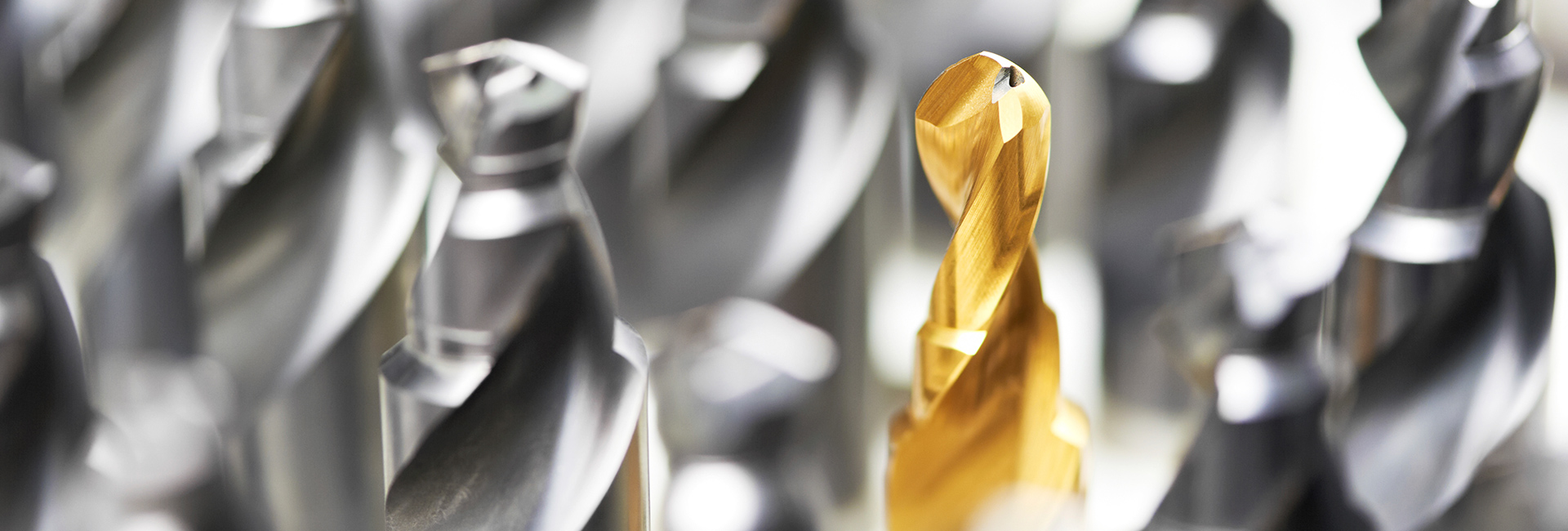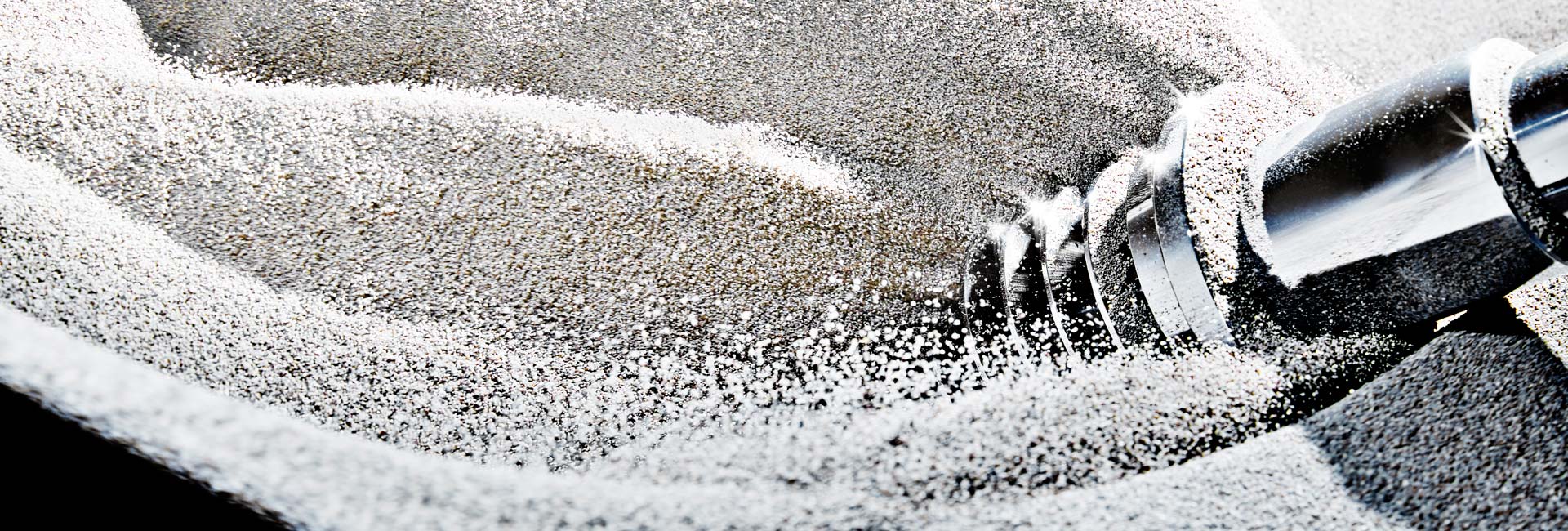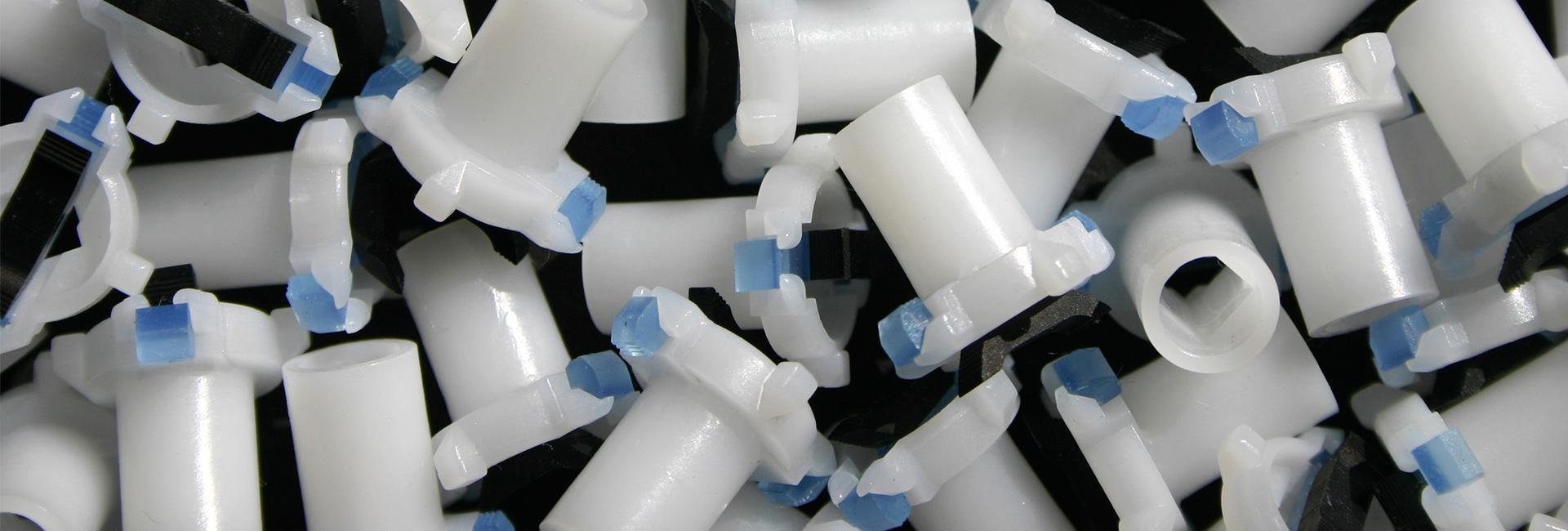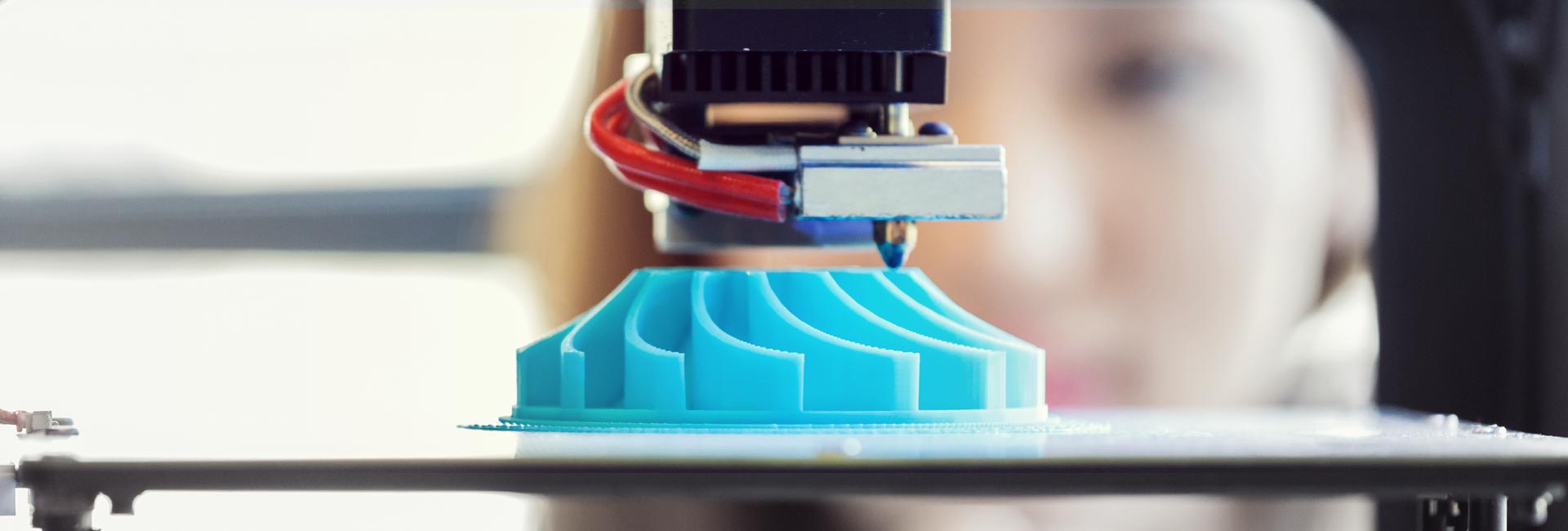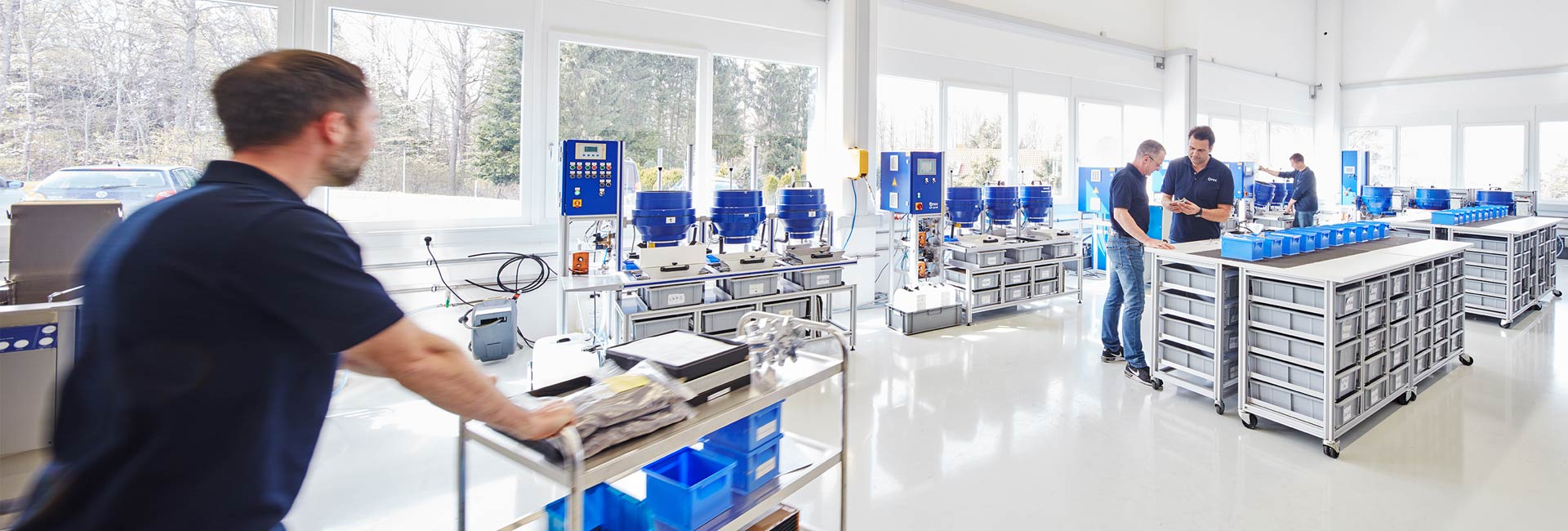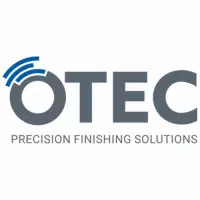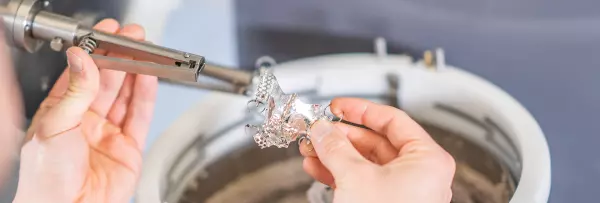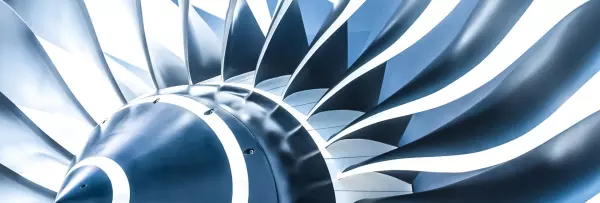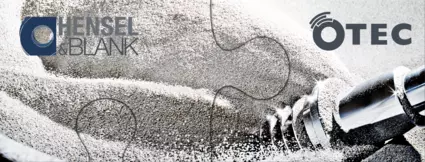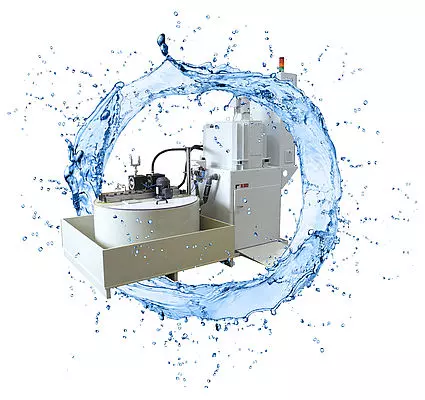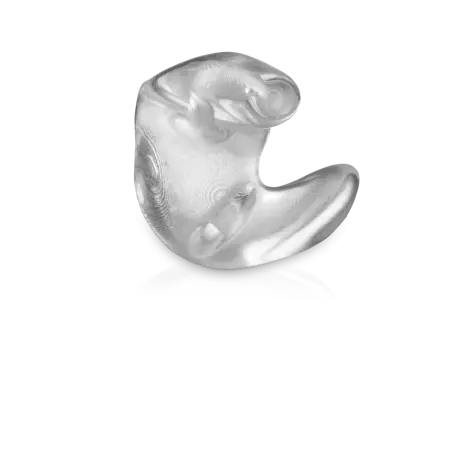There are various methods and processes for reworking industrially manufactured metal components. There are advantages and disadvantages in terms of size, geometry, material and machining task. Taking into account the aspects of health, the environment and economic efficiency, we compare four methods established on the market using the example of machining a gear.
For use in aviation, many highly stressed steel gears are ground extremely precisely and highly hardened (> 60 HRC). The surface is tough and firm. So that they can later perform their function safely and reliably, a flawless and extremely isotropic surface structure, i.e. a very uniform surface structure in different directions, is essential. In addition to smoothing to less than Ra 0.1 µm, the surfaces of the involute must not have any waviness or grinding grooves. Furthermore, the edges on the sides and on the tooth tip must have a homogeneous rounding.
The requirement is clear - the question now arises as to the procedure with which the goal can be achieved in the best possible way.
One possibility is manual or mechanical, robot-guided smoothing and rounding. The processing quality is not constant within the tool life cycle, because the surface finish achieved becomes more and more imprecise over time due to the progressive wear and tear of the grinding wheel or brush.
When machining internal geometries, both approaches deliver very uneven results, as the tools can only adapt to the component to a limited extent and positioning in narrow geometries is difficult or even impossible. Components with very tight tolerances let these processes finally reach their limits and are therefore ruled out.
According to the current state of the art, processing is often carried out in a trough vibrator. The use of certain acidic process fluids shortens the process time. These process fluids can contain, among other things, mixtures of phosphate salt, phosphoric acid, oxalic acid, sodium oxalate, sulfate, sodium hydrogen carbonate, chromate, sodium chromate, chromic acid and sulfuric acid.
Most of these substances are dangerous goods and special protection is required when handling. The substances sodium chromate and chromic acid are classified as particularly worrying according to the REACH regulation (Registration, Evaluation, Authorization of Chemicals): carcinogenic, mutagenic, toxic for reproduction (sodium chromate).
Sulfuric acid, oxalic acid and phosphoric acid, as well as the substances already mentioned, sodium chromate and chromic acid, are considered to be corrosive and in some cases also poisonous. Therefore, most of these substances are classified as follows according to the GHS hazardous substance labeling:
The process fulfills the requirements in terms of the machining task, but the process liquid can usually only be used once and must be exchanged after the end of machining. There are high costs for procurement, neutralization and disposal, which reduce profitability. The use of hazardous substances also harbors risks to human health and the environment, as described.
So-called dry electropolishing processes for polishing metal workpieces in one operation are also offered on the market. They work with electrolyte in granulate form, so internal geometries can also be achieved and processed. However, depending on the constellation of granulate and workpiece geometry, electrolyte can become jammed in the workpiece.
A major disadvantage of the process is that the waviness caused by the shaping grinding processes cannot be eliminated in the electropolishing process - the removal rate is simply too low. The average process times are given from 30 minutes to several hours. In addition, due to the process, only exposed areas are heavily processed. After a specified period of use, the electrolyte granulate must also be disposed of as hazardous waste and re-purchased at high cost.
First of all - Streamfinish provides results comparable to chemically accelerated vibratory finishing. But: Streamfinish relies exclusively on purely mechanical processing and manages without the acid or electrolyte granulate, which increases the cost-effectiveness of post-processing.
In the stream finishing process developed by OTEC, components are clamped in a holder and immersed in a rotating container filled with grinding or polishing agents. The additional rotating workpiece and the resulting relative movement between the component and the media ensure homogeneous processing without manual work. In this way, high-precision surfaces with roughness bi


